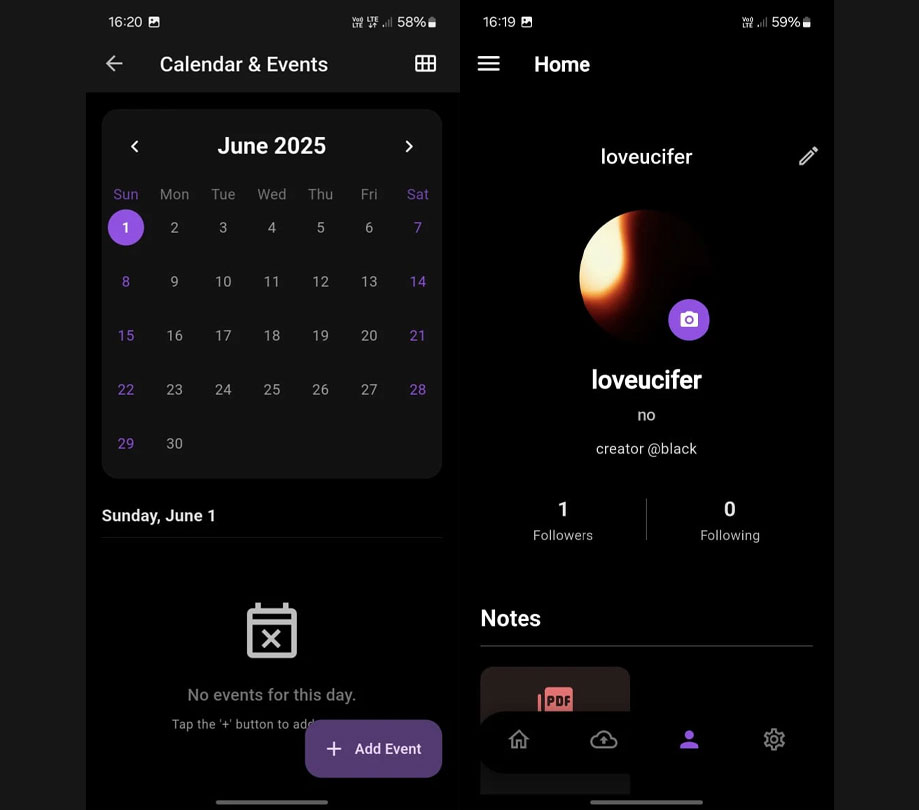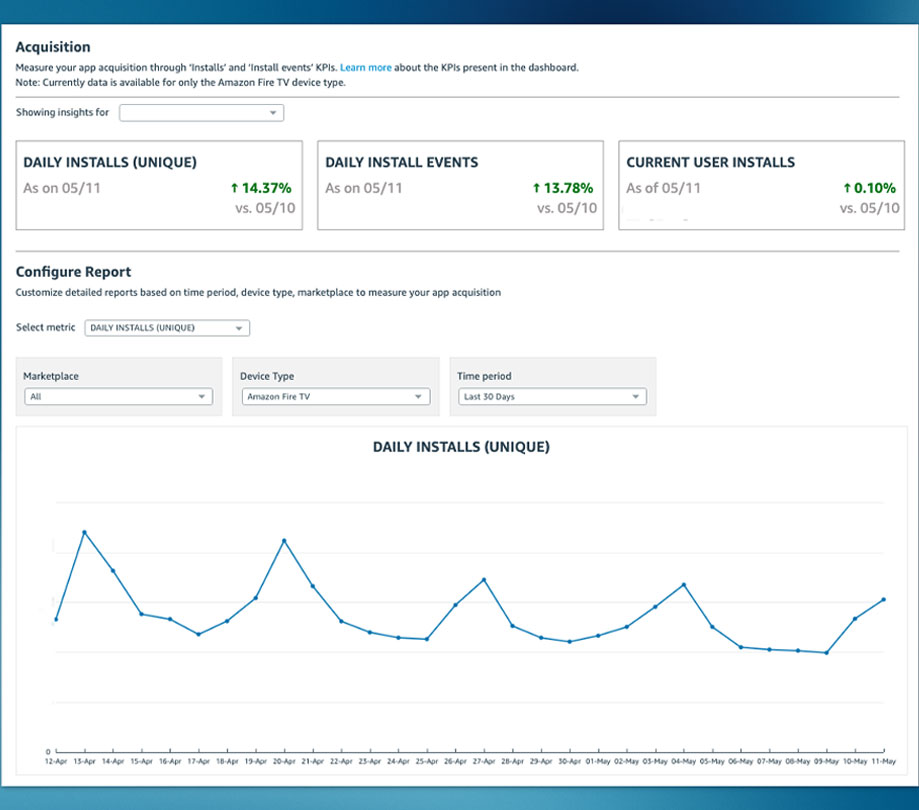Application Testing
Control Downtime with Application Dependency Maps
Thursday, September 22, 2016

|
Sridhar Iyengar |

Application downtime is an enterprise’s worst nightmare. On top of that, it’s fairly common. According to a survey conducted by Dun & Bradstreet, 59 percent of Fortune 500 companies experience a minimum of 1.6 hours of downtime per week. Each time a business application fails, the IT admins have a herculean task ahead of them. They must figure out the root cause of the problem, rectify it and get the business running—all within a short span of time.
Veeam’s data center availability report (2014) states that, on average, it takes 2.86 hours to recover mission-critical applications and more than eight hours for non-critical applications. Business application downtime can affect customer loyalty, cripple revenue and damage a company’s reputation. A survey conducted by EMC in 2014 states that data loss and downtime amount to a $1.7 trillion loss for enterprises, worldwide.
Monitoring techniques such as audits or spreadsheets facilitate reactive troubleshooting. A lot of time is wasted in narrowing down the issue and then resolving it, leading to even longer downtimes. To reduce the frequency and duration of downtimes, teams must be alerted to impending issues. This will help them take proactive steps to prevent issues, or if they do occur, resolve them quickly.
Considering the serious repercussions of business downtime, it is high time enterprises chose a better strategy. Enterprises should be open to adopting strategies that enable them to take timely action before the situation starts spiraling out of control. Application dependency maps assist and ensure that enterprises are more proactive in their approach.
Application Dependency Mapping: A Real-Time Visualization Tool
Automated application dependency maps work more or less like regular maps and assist you in finding your way around your immediate location.
Solving a problem becomes easy if you can visualize it. This is the primary function of dependency maps. You can get a complete picture of your complex IT environment, with all the business processes and interdependent components. These maps are generated quickly and are updated dynamically as and when changes occur in the IT environment. By providing real-time, actionable information, they enable teams to make better, faster and more accurate decisions.
Here are some ways in which application dependency maps help IT admins during downtimes.
Troubleshoot Within Minutes
When a business process fails, an IT admin can use this map to scan the IT environment completely and immediately detect any issue in the application or the component level. The IT admin doesn’t have to scan the entire IT stack to know the fault location, which helps the IT team rectify the issue and get the systems up in no time.
Proactively Detects Faults
Currently, most business applications are deployed on complex architectures to improve performance and user experience. For instance, application server or database clusters are used to ensure high availability and handle excess workload.
Manually discovering and mapping the relationships between such applications is a time-consuming, resource-intensive process. But, real-time dependency maps save ample time and effort by providing the status of individual elements, even in such complex deployments. By viewing the map, an admin can detect failed nodes in a cluster and fix them in time to prevent an outage.
Prepares You for Unpleasant Surprises
Sometimes, an unplanned change could cause an interruption at a node in your IT, which could ripple throughout the technology stack, causing critical business processes to fail. Using application maps, firms can perform a business impact analysis (BIA) to quantify the risks and benefits associated with a particular IT configuration change. The generated assessment report will address the concerns of the stakeholders on whether the proposed change is necessary.
Ensures Smooth Running of IT Operations
Another advantage of using dependency maps is that the discovered applications and dependencies (between the applications and related IT systems) can be populated in a configuration management database for future reference. You can also accurately estimate the business impact of discovered applications on the underlying infrastructure.
What Next?
With increasing competition and a huge demand for highly available and optimally performing services, it is critical for firms to ensure business continuity. While it is impossible to predict every problem that might endanger a firm’s business activities, it is still critical to have a backup plan. By adopting a strategy that bridges the gap between operational tasks and business goals, firms can take control of such situations, before it’s too late.
Read more: http://scopetrader.com/partner/link/?ref=Control D
This content is made possible by a guest author, or sponsor; it is not written by and does not necessarily reflect the views of App Developer Magazine's editorial staff.

Become a subscriber of App Developer Magazine for just $5.99 a month and take advantage of all these perks.
MEMBERS GET ACCESS TO
- - Exclusive content from leaders in the industry
- - Q&A articles from industry leaders
- - Tips and tricks from the most successful developers weekly
- - Monthly issues, including all 90+ back-issues since 2012
- - Event discounts and early-bird signups
- - Gain insight from top achievers in the app store
- - Learn what tools to use, what SDK's to use, and more
Subscribe here













Comments